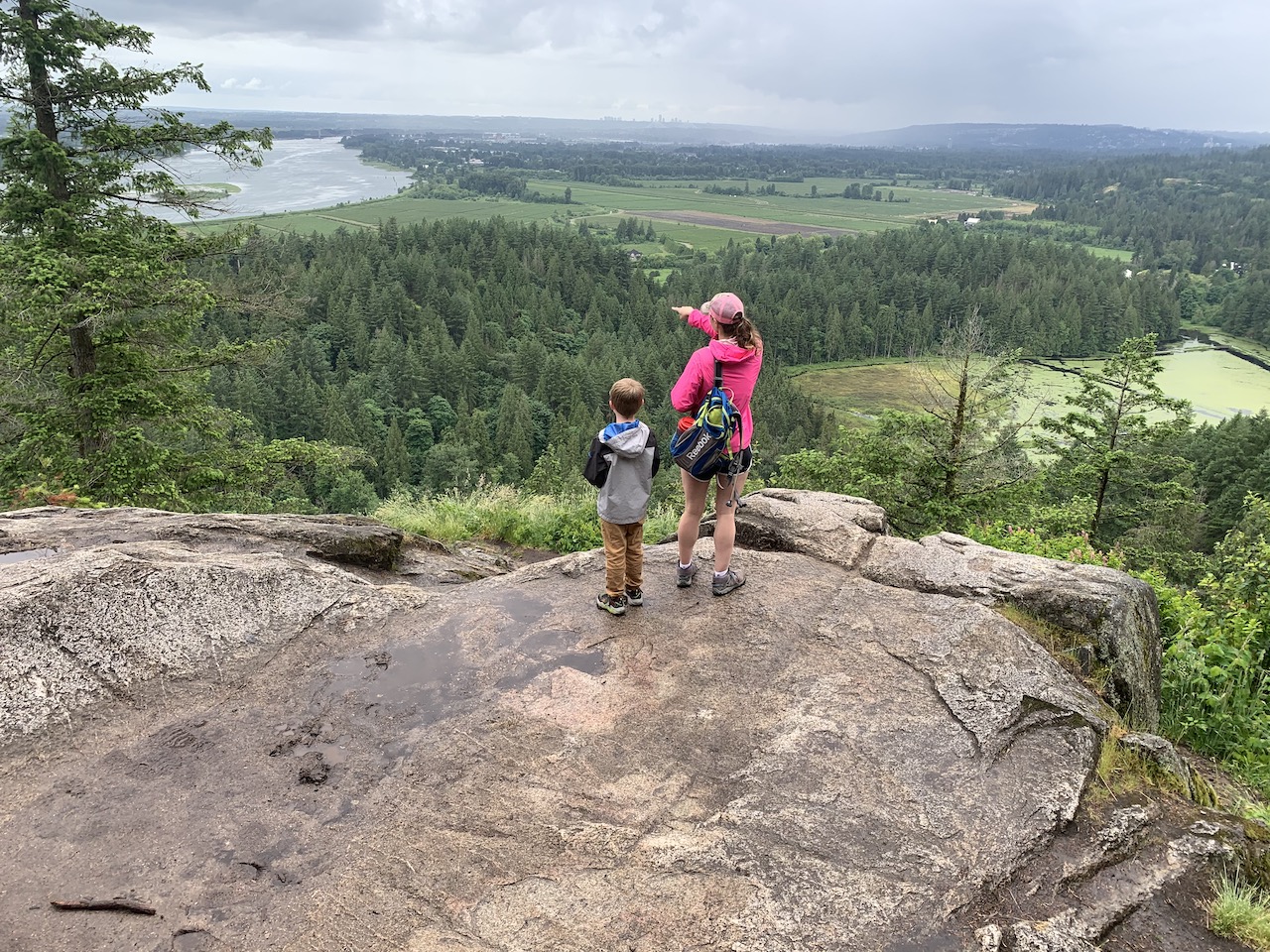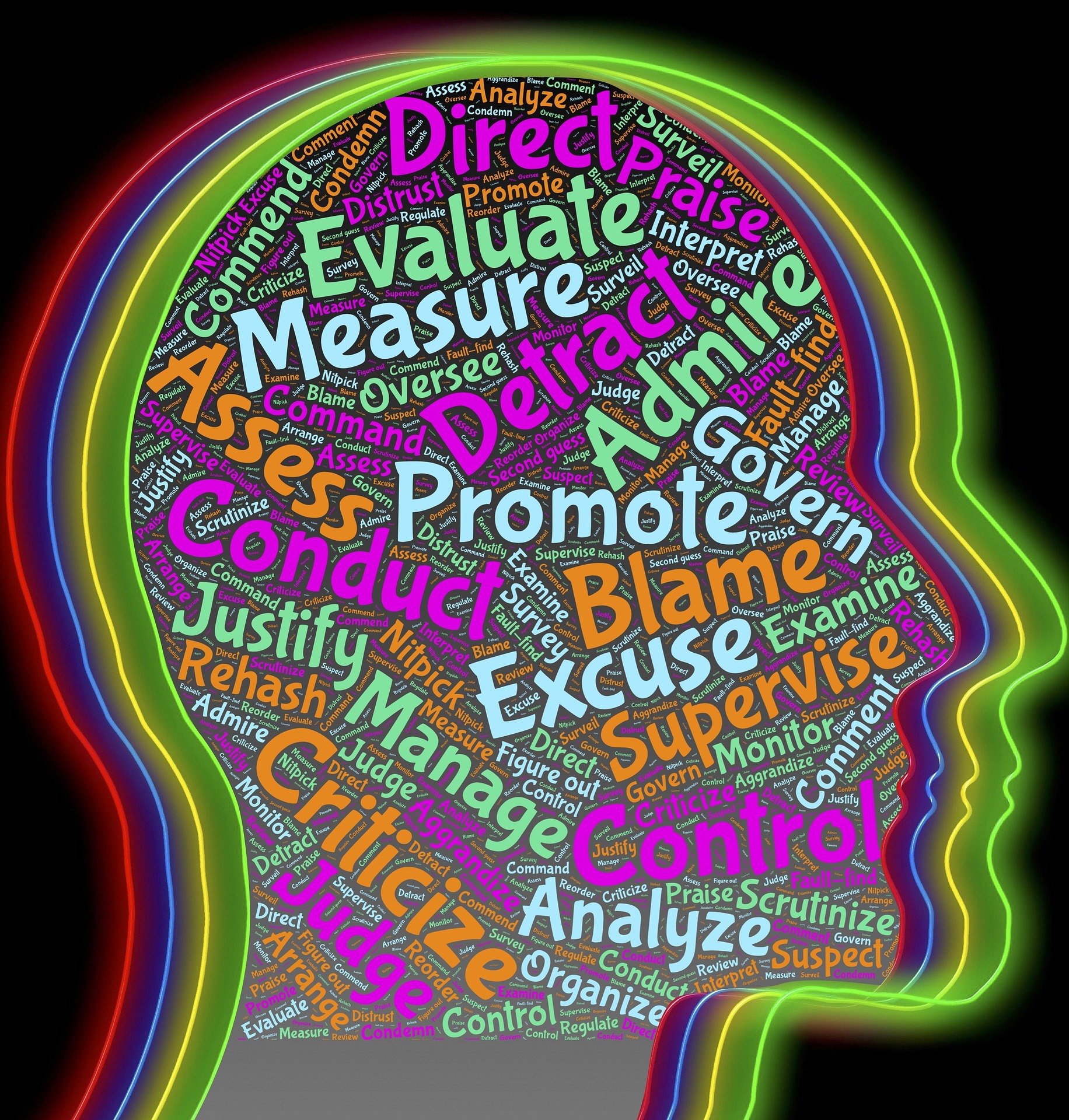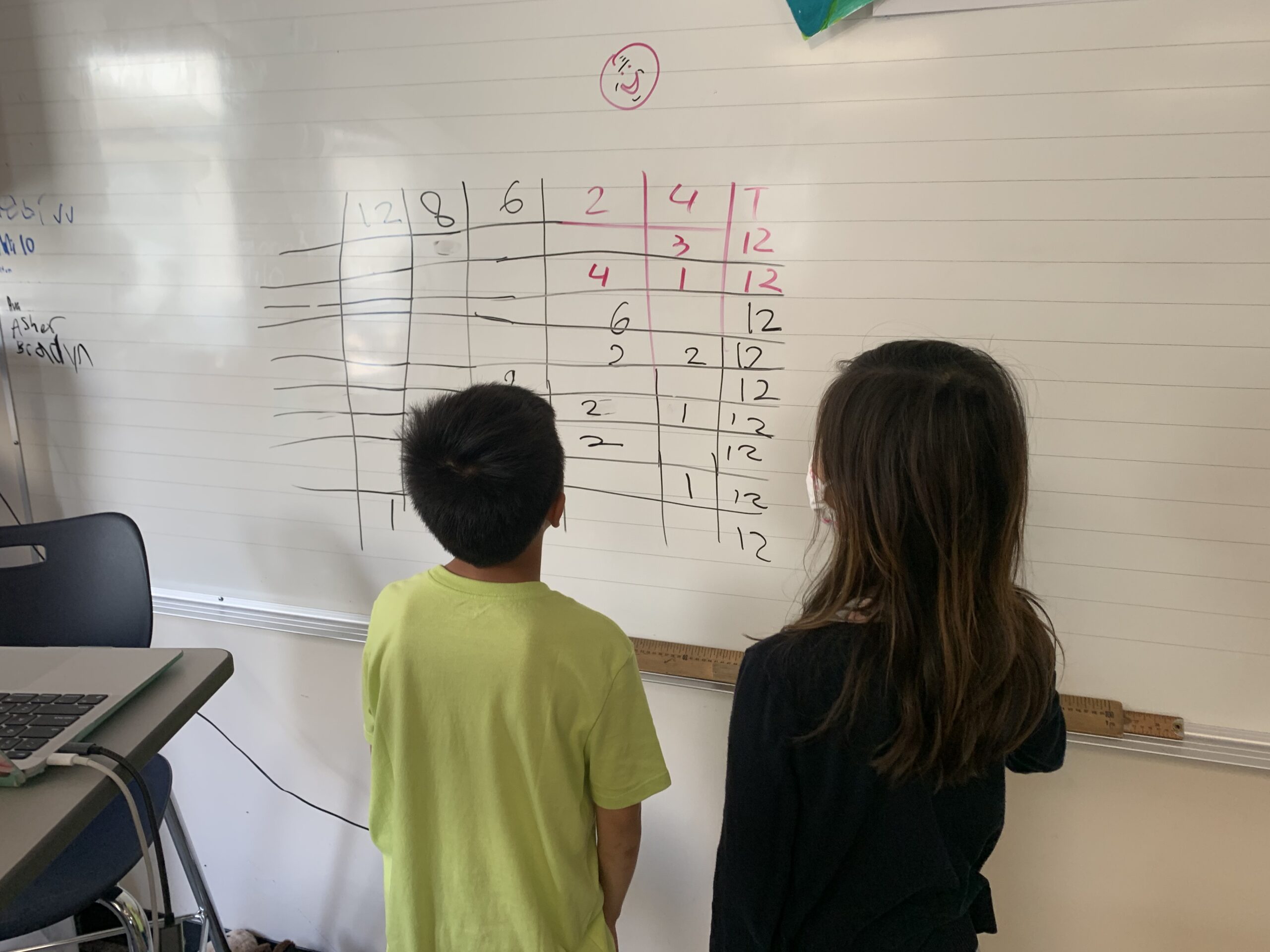Tests and assessments are part of our day-to-day instructional practices and we need the information gained from them to support student learning. I made the connection between the historical views of assessment and learning through scaffolding tasks and breaking them up and assessing progress on the smaller steps as described in the Shepard article to our current practice of reading assessments using Benchmark, Fountas and Pinnell or the DART assessment to determine students current progress on a continuum. For subjects like literacy and numeracy where skills distinctly build on each other knowing where a student falls on a continuum allows us to plan for effective and meaningful instruction. While I find this type of assessment useful in planning for my classroom and for differentiating, I strongly disagree with using a student’s success on a single assessment as the sole determinate of their success. This dynamic assessment is about “finding out what a student can do independently as well as what can be done with adult guidance,” (Shepard, 2000), and adapting classroom instruction to meet students where they are at and move them forward on their own path.
Something I find a challenge as a teacher but enjoyed as a learner is the pressure for success on external high stakes assessments. As a student I enjoyed working towards my dance exams and having the measurable goal for progress, continuing to take the exams until I completed my final highland dance exam in December of 2019. My success on those exams was mine and mine alone. I had help and fabulous instruction from some of the most gifted educators I know in preparing for my dance exams but what happened in that exam was between me and the examiner. My success was determined by my preparation and my ability to stay collected and perform in the exam room, and if I was unsuccessful, I could always take the test again in the next round of exams three months later. As a teacher I feel differently about large scale high stakes testing, many of the ones used in k-12 education there is only one chance to be successful. I believe strongly in retakes and second, third even fourth or fifth chances on assessments. I want my students to show their skills and mastery. I need to see that tests can be taken as many times a student chooses to feel successful, meeting with them each time to give feedback and help students improve and grow. In my classroom day to day assessment is ultimately about feedback, and conversations with my students or small groups to help increase understanding and work towards their ability to self-assess. Part of setting my students up for descriptive feedback and being able to develop their self-assessment abilities is establishing clear criteria from the beginning, often in the form of a single point rubric.
Seeing a large-scale assessment as a form of gatekeeping is something, I am able to support for university students and adults, provided students have unlimited chances to retake the assessment and improve. Assessing for aptitude or background skills and knowledge to enter a particular program or field ensures a baseline level of competency. I want the medical professionals caring for my family to meet standards of competence and large-scale assessment is part of ensuring doctors and nurses meet minimum standards of knowledge. I do not see gatekeeping as appropriate for elementary and middle school age students. Using large scale assessments in the elementary and middle school years should be related to monitoring for gaps in understanding and providing appropriate support services to students and classrooms.
Bibliography
Klinger, D. A., DeLuca, C., & Miller, T. (2008). The Evolving Culture of Large-Scale Assessments in Canadian Education. Canadian Journal of Educational Administration and Policy.
Shepard, L. A. (2000). The Role of Assessment in a Learning Culture. Educational Researcher, 4-14.





